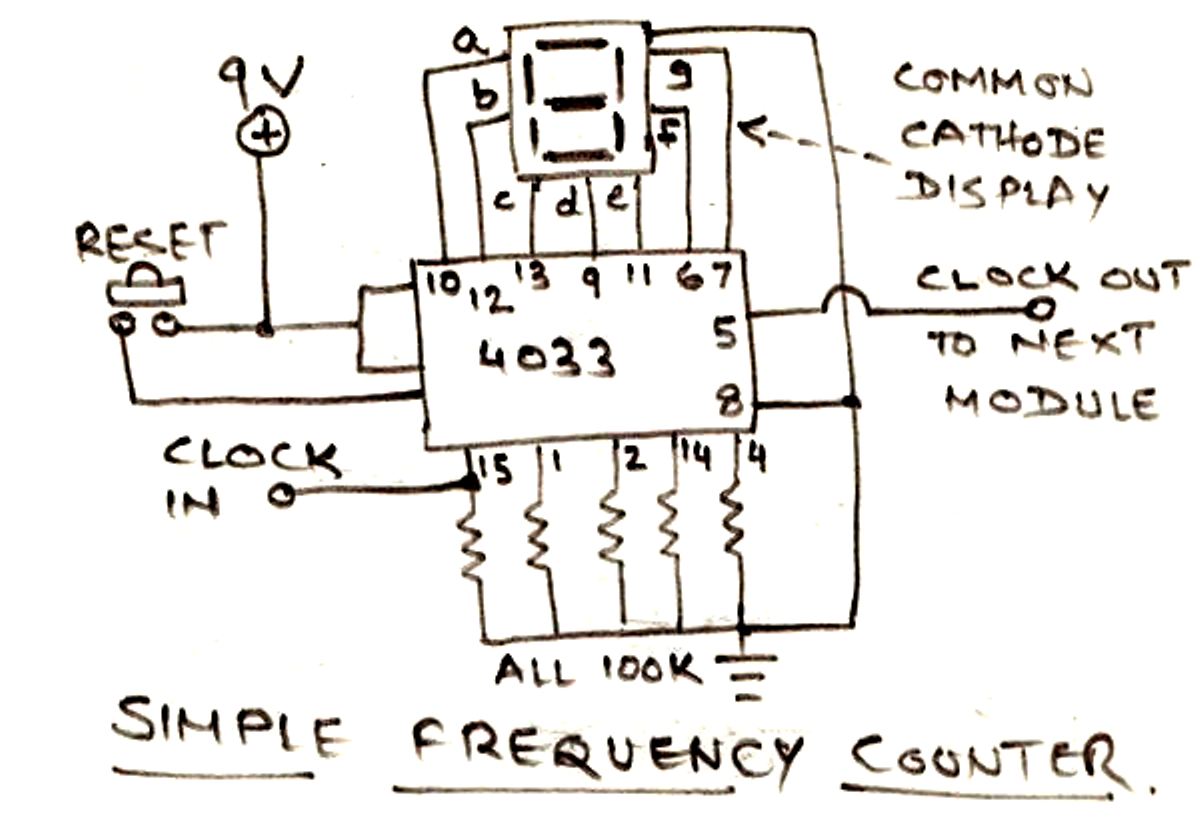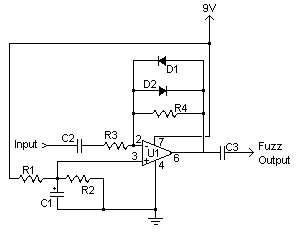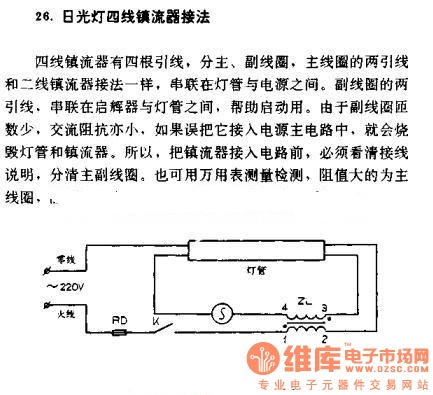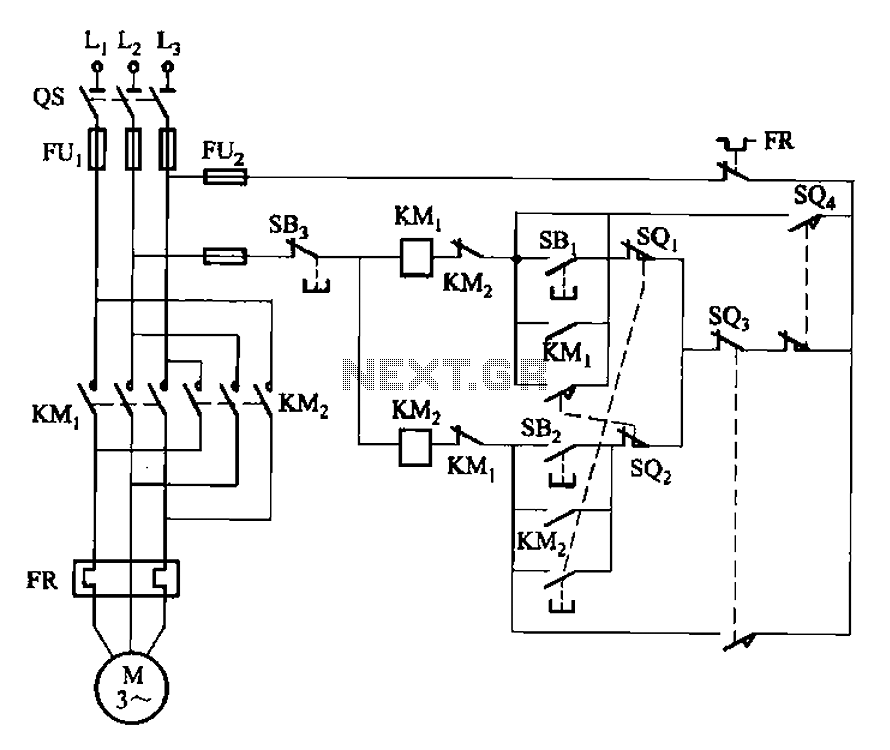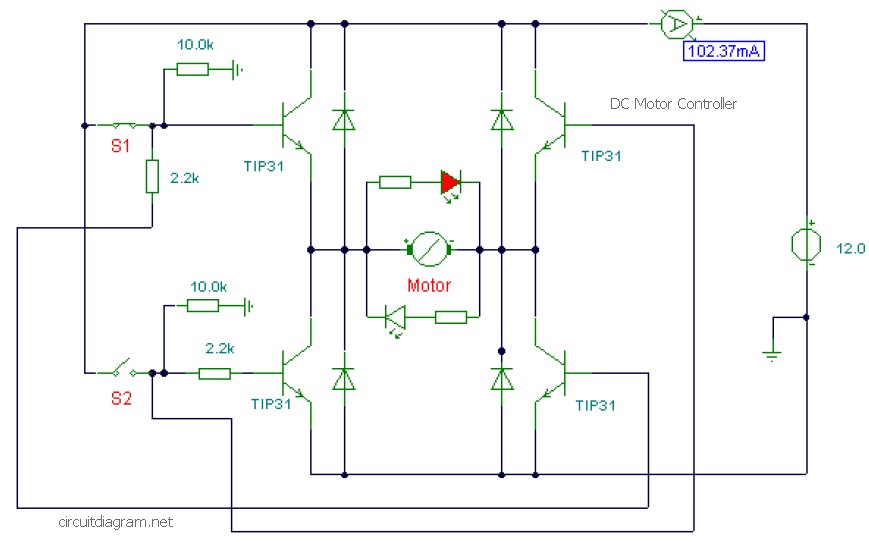
TV Muter Circuit

Many households still have tube-type television sets. Connecting one of these large televisions to a stereo system to enhance sound quality is generally straightforward, as numerous SCART to Cinch adapters are available in accessory stores. However, some television sets may have audio outputs from the SCART connector that are not muted during channel switching. This can result in undesirable signal spikes, leading to annoying popping and cracking noises from the stereo system's speakers. In such situations, it is advisable to install a mute circuit. The activation of the mute circuit is triggered by the infrared (IR) signals emitted from the remote control when buttons are pressed to change channels. Inexpensive IR receiver modules, such as the TSOP1136, can be utilized, producing active-low pulse trains in response to these signals. The circuit functions as follows: when no IR signal is detected, a capacitor charges through potentiometer P2 and a diode. IC1, a comparator, compares the voltage from the IR signal (applied to its non-inverting input on pin 3) with a reference voltage applied to its inverting input on pin 2. This reference voltage can be adjusted using potentiometer P1, which sets the comparator's switching threshold. Upon receiving an IR signal, IC2 activates transistor T2, causing the voltage on capacitor C1 to drop quickly below the threshold set by P1. This transition causes transistor T1 to switch from an 'on' to an 'off' state, resulting in the relay disengaging and interrupting the audio connection to the stereo system for the duration of the noise interval. If a stabilized 5-V supply voltage is not available, the circuit can be operated using an unregulated AC mains adapter supplying 9 V to 12 V, along with a 5-V voltage regulator (IC3). Additionally, a relay with normally-closed contacts can be substituted for one with normally-open contacts by reversing the connections on pins 2 and 3 of IC1, allowing the relay to engage upon receiving an IR signal, which conserves power. If the second comparator in IC1 is not utilized, connecting pin 6 to +5 V and pin 5 to ground is recommended. To enhance noise immunity, the IR sensor should be shielded from direct exposure to fluorescent lighting.
The described mute circuit effectively mitigates audio disturbances caused by channel switching on older tube-type televisions. By utilizing a simple IR receiver module, the circuit can detect remote control signals and activate a mute function, ensuring a seamless audio experience. The design incorporates key components such as comparators, transistors, and capacitors to achieve reliable performance. The adjustable reference voltage allows for fine-tuning based on specific system requirements, ensuring optimal operation across various setups. Furthermore, the option to use a relay with normally-closed contacts provides flexibility in design, allowing for energy-efficient operation. Proper shielding of the IR sensor enhances the circuit's resilience to ambient light interference, further improving overall functionality. This circuit presents a practical solution for integrating older television technology with modern audio systems, enhancing user experience by eliminating undesirable noise artifacts.Many households are still graced by tube-type television sets. If you want to connect one of these large tellies to your stereo system to improve the sound quality, this is usually not a problem because there are plenty of SCART to Cinch adapters available in accessory shops. However, with some sets your pleasure is spoiled by the fact that the audio outputs of the SCART connector are not muted during channel switching. This can sometimes lead to nasty signal spikes, which can cause the loudspeakers of your stereo system to emit irritating popping and cracking noises. In such cases it is a good idea to fit your system with a mute circuit. Fortunately, the right time to activate the mute circuit is defined by the fact that the happy zapper presses buttons on the remote control to switch channels, and the remote control emits IR signals.
There are even inexpensive ready-made IR receiver modules available, such as the TSOP1136 used here, which produce trains of active-low pulses in response to such signals. About the circuit: when no IR signal is present, a capacitor is charged via P2 and a diode. IC1 is a comparator that compares this IR voltage (applied to its non-inverting input on pin 3) to a voltage applied to its other input on pin 2.
This reference voltage, which can be adjusted with P1, determines the switching threshold of the comparator. If IC2 receives an IR signal, T2 conducts, and as a result the voltage on C1 drops rapidly below the threshold level set by P1.
This causes T1 to change from its previous on` state to the off` state. As a result, the relay drops out and the audio link to the stereo system is interrupted for the duration of the noise interval. It`s all quite simple, as you can see. If you do not have a stabilized 5-V supply voltage available, you can use the circuit at the of the schematic diagram (with a 5-V voltage regulator) together with a simple (unstabilised) AC mains adapter that supplies a voltage in the range of 9 V to 12 V to the 7805 (IC3).
You can also use a relay with normally-closed contacts instead of normally-open contacts. In this case, simply swap the signals on pins 2 and 3 of IC1 so the relay pulls in when an IR signal is received instead of dropping out. This saves a bit of power because the relay is only energized during zapping. If you can`t find any worthwhile use for the second comparator of IC1, it`s a good idea to connect pin 6 to +5 V and pin 5 to ground.
To improve noise immunity, you should shield the IR sensor so it is not exposed directly to light from a fluorescent fixture. 🔗 External reference
The described mute circuit effectively mitigates audio disturbances caused by channel switching on older tube-type televisions. By utilizing a simple IR receiver module, the circuit can detect remote control signals and activate a mute function, ensuring a seamless audio experience. The design incorporates key components such as comparators, transistors, and capacitors to achieve reliable performance. The adjustable reference voltage allows for fine-tuning based on specific system requirements, ensuring optimal operation across various setups. Furthermore, the option to use a relay with normally-closed contacts provides flexibility in design, allowing for energy-efficient operation. Proper shielding of the IR sensor enhances the circuit's resilience to ambient light interference, further improving overall functionality. This circuit presents a practical solution for integrating older television technology with modern audio systems, enhancing user experience by eliminating undesirable noise artifacts.Many households are still graced by tube-type television sets. If you want to connect one of these large tellies to your stereo system to improve the sound quality, this is usually not a problem because there are plenty of SCART to Cinch adapters available in accessory shops. However, with some sets your pleasure is spoiled by the fact that the audio outputs of the SCART connector are not muted during channel switching. This can sometimes lead to nasty signal spikes, which can cause the loudspeakers of your stereo system to emit irritating popping and cracking noises. In such cases it is a good idea to fit your system with a mute circuit. Fortunately, the right time to activate the mute circuit is defined by the fact that the happy zapper presses buttons on the remote control to switch channels, and the remote control emits IR signals.
There are even inexpensive ready-made IR receiver modules available, such as the TSOP1136 used here, which produce trains of active-low pulses in response to such signals. About the circuit: when no IR signal is present, a capacitor is charged via P2 and a diode. IC1 is a comparator that compares this IR voltage (applied to its non-inverting input on pin 3) to a voltage applied to its other input on pin 2.
This reference voltage, which can be adjusted with P1, determines the switching threshold of the comparator. If IC2 receives an IR signal, T2 conducts, and as a result the voltage on C1 drops rapidly below the threshold level set by P1.
This causes T1 to change from its previous on` state to the off` state. As a result, the relay drops out and the audio link to the stereo system is interrupted for the duration of the noise interval. It`s all quite simple, as you can see. If you do not have a stabilized 5-V supply voltage available, you can use the circuit at the of the schematic diagram (with a 5-V voltage regulator) together with a simple (unstabilised) AC mains adapter that supplies a voltage in the range of 9 V to 12 V to the 7805 (IC3).
You can also use a relay with normally-closed contacts instead of normally-open contacts. In this case, simply swap the signals on pins 2 and 3 of IC1 so the relay pulls in when an IR signal is received instead of dropping out. This saves a bit of power because the relay is only energized during zapping. If you can`t find any worthwhile use for the second comparator of IC1, it`s a good idea to connect pin 6 to +5 V and pin 5 to ground.
To improve noise immunity, you should shield the IR sensor so it is not exposed directly to light from a fluorescent fixture. 🔗 External reference

